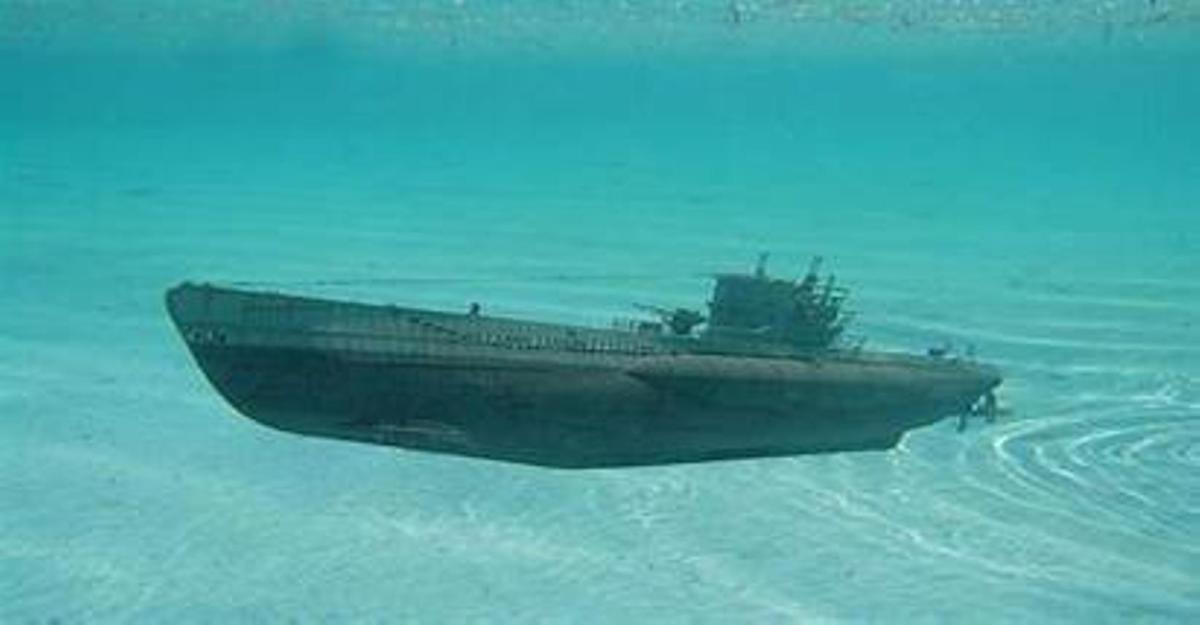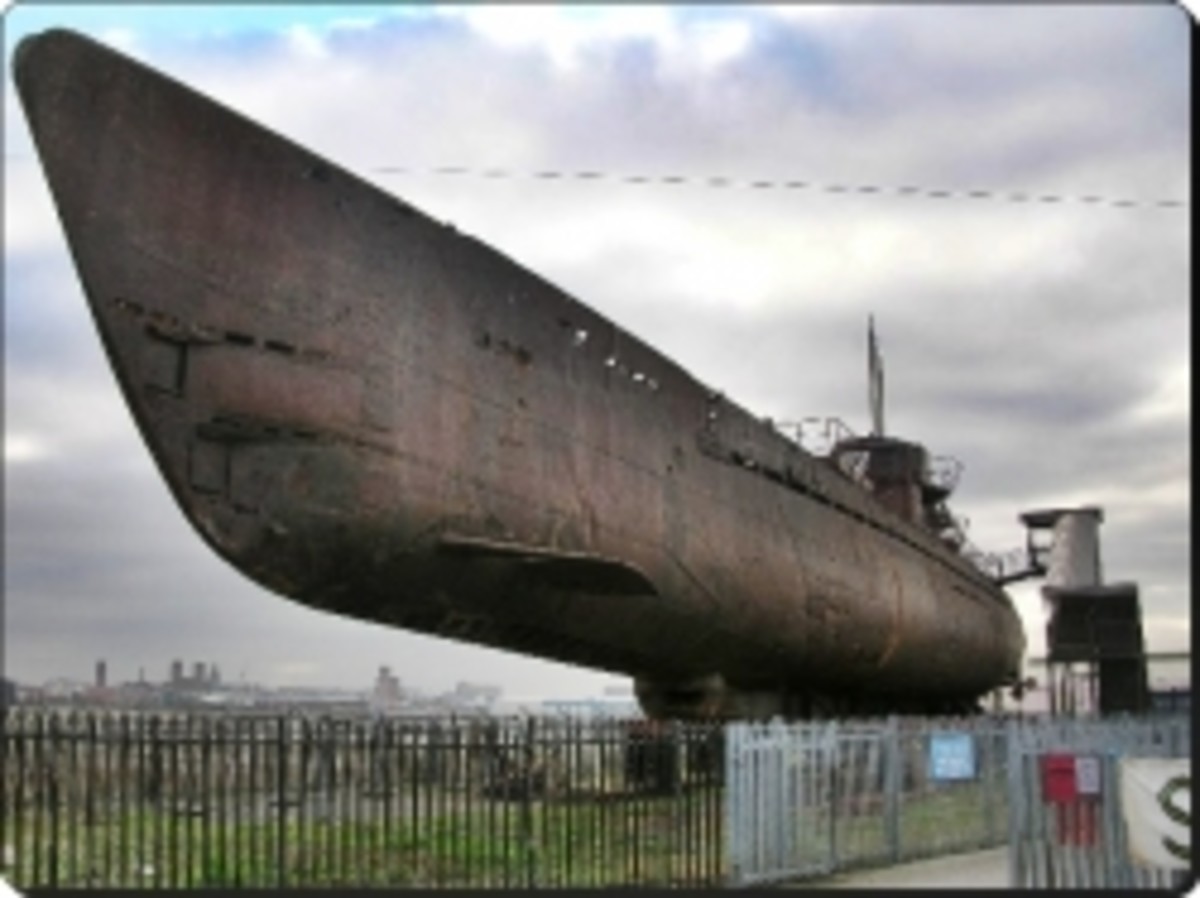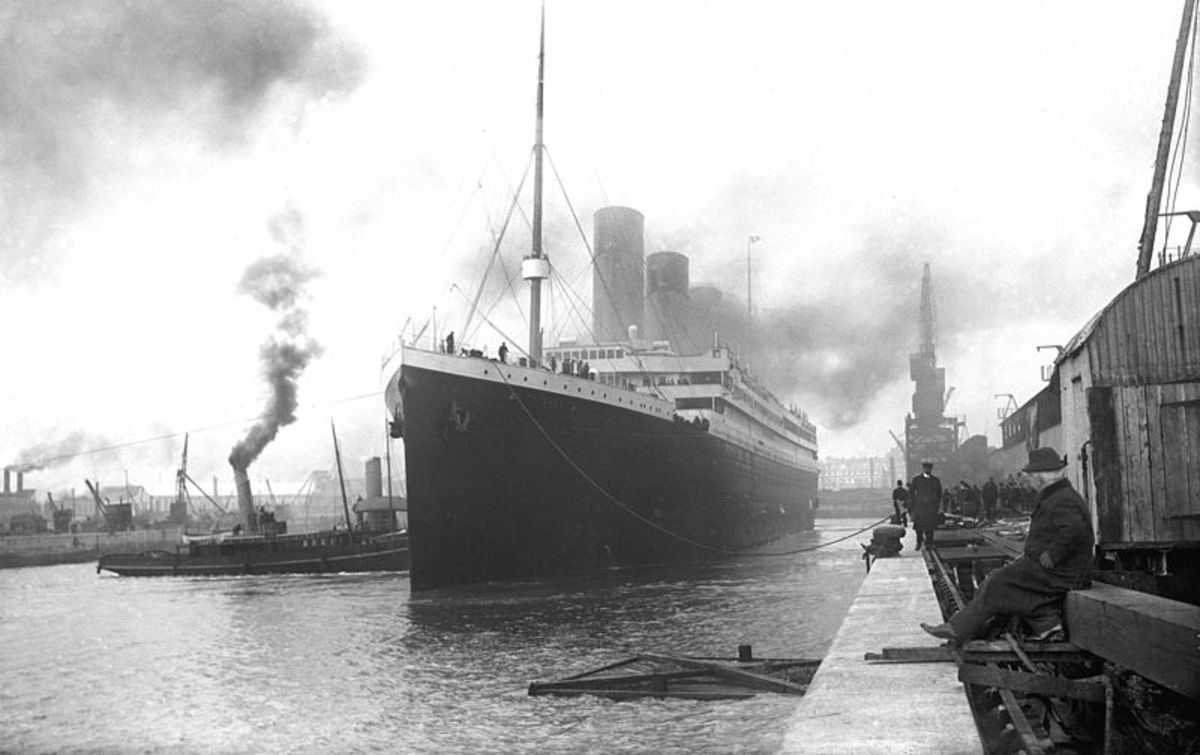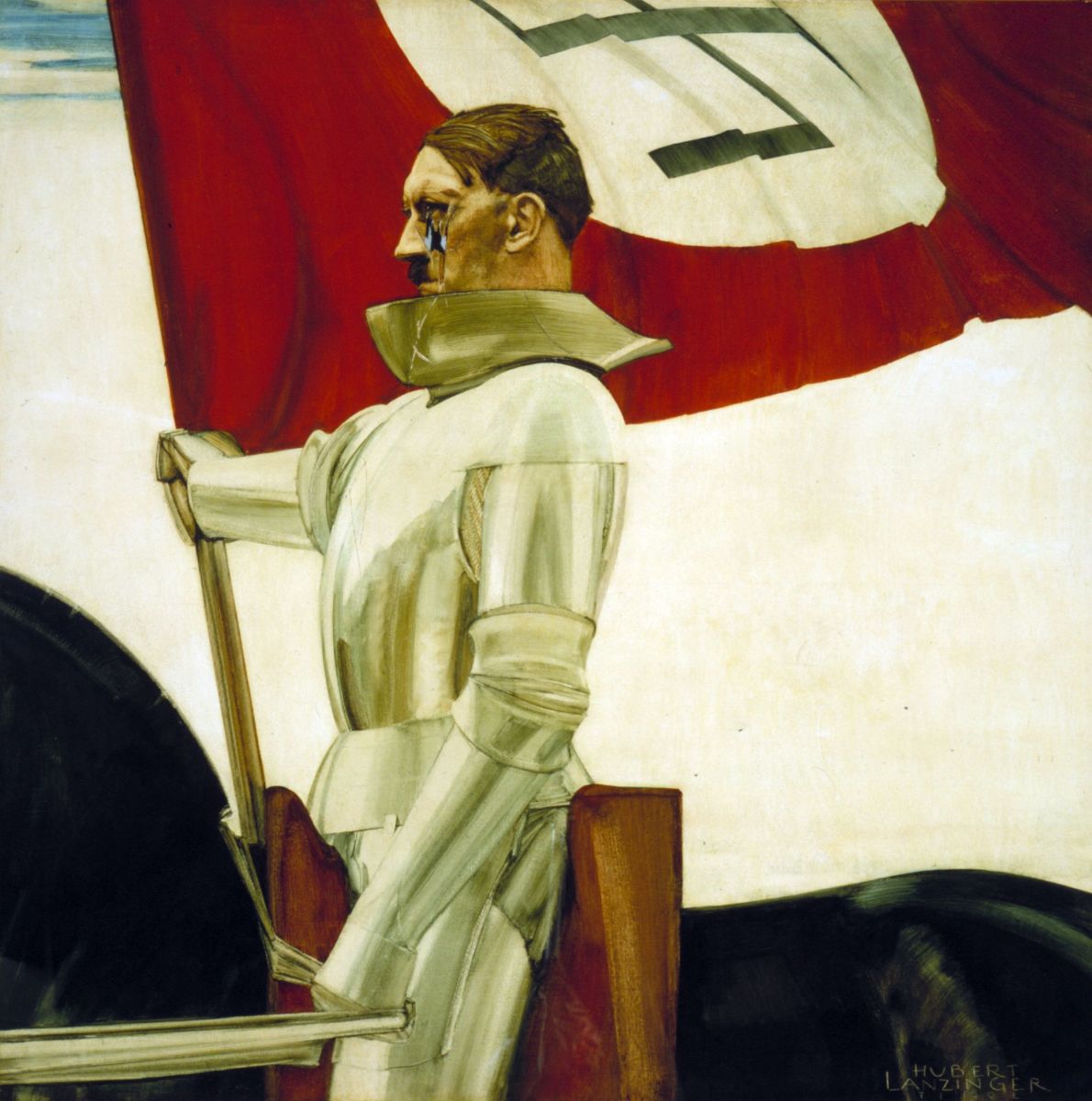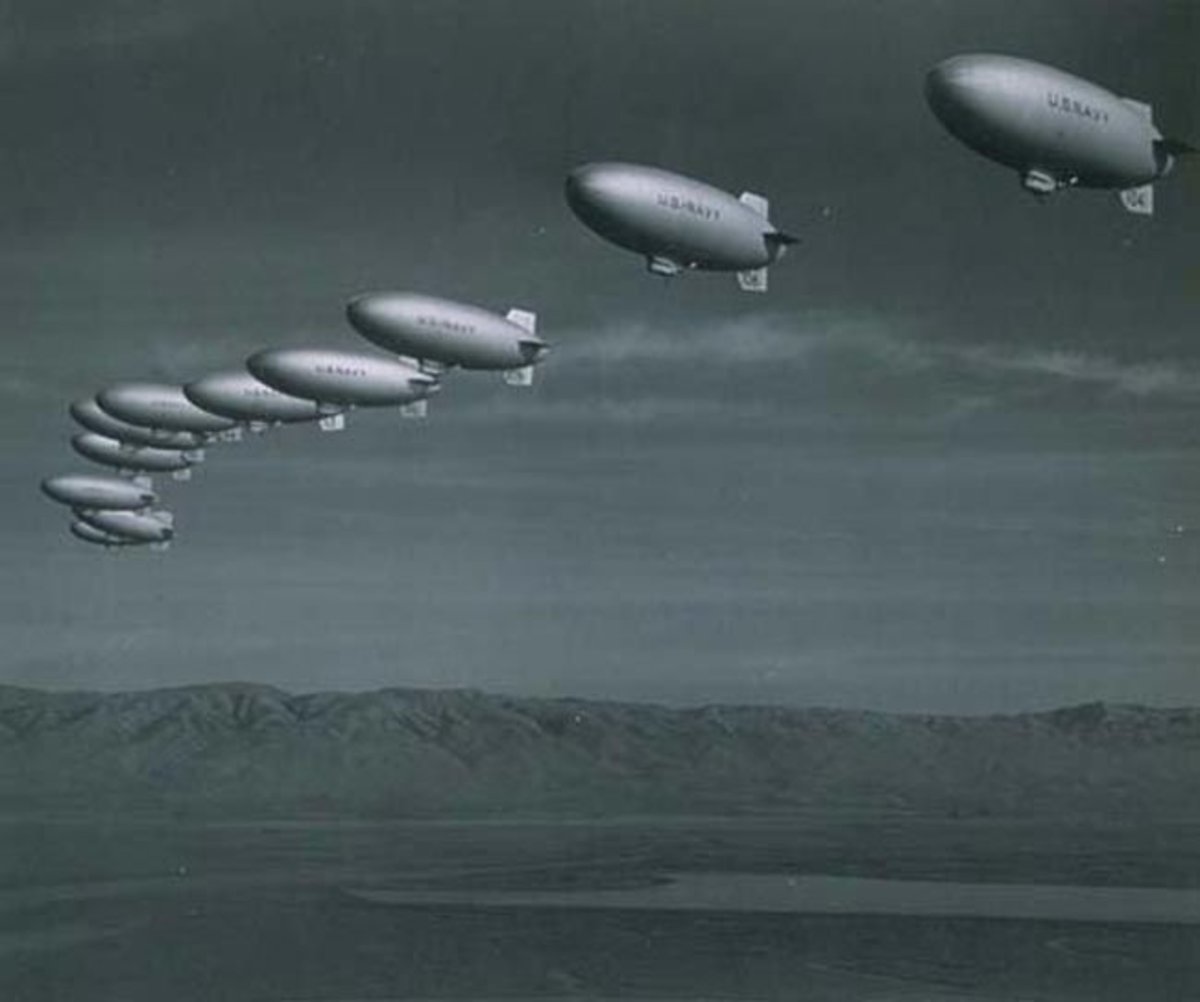- HubPages»
- Education and Science»
- History & Archaeology»
- History of the Modern Era»
- Twentieth Century History
Heritage - 14: Enigma Initiative: Impasse Breached in the War on the U-Boats
The target: German Navy Enigma codes and keyboards. The Reason: Thousands of tons of Allied shipping lost weekly to the Doenitz Wolf Packs
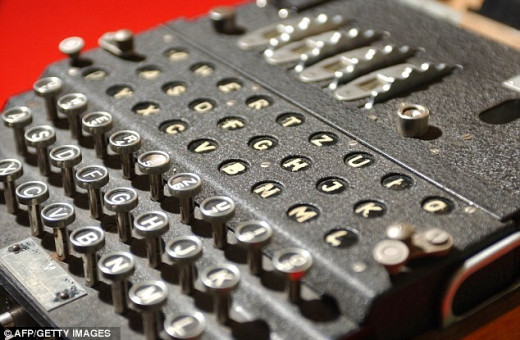
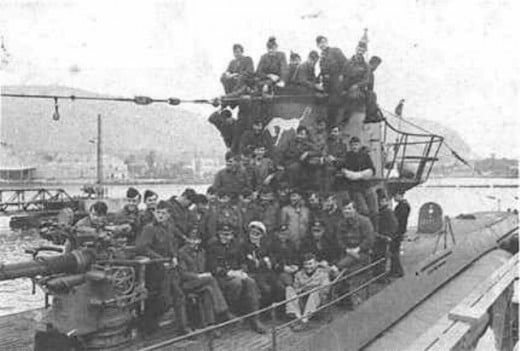
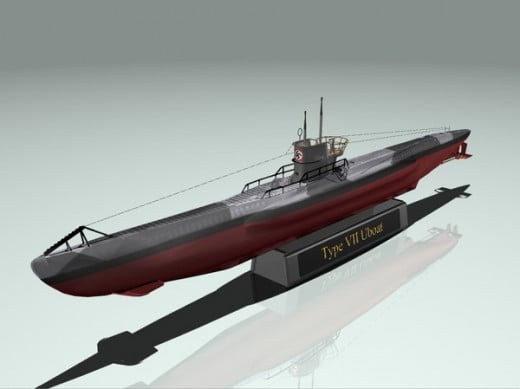
Basic story: The Background and the "End of the Beginning".
What do the names Brown, Fasson and Grazier mean to you? Had you been to this year's Earl's Court Tournament - an indoor military tattoo, 10-11. December - by the time it was over you would be in no doubt about their identity. For the benefit of those unlikely or unlucky not to have had a ticket (and that includes me) I shall make it easier for you to understand the mystery.
Let's start at the very beginning - it's a very good place to start. To put you in the picture the Atlantic War was at its height, Allied merchant ships were being sunk at an alarming rate and the German Navy had changed its own Enigma settings twice, adding another rotor to their machines to make it practically impossible for Allied codebreakers at Bletchley Park to 'see' into their operations. This was the U-Boats' 'Happy Time', as they put it. Additionally, the air cover gap enabled the torpedoing of merchantmen in mid-ocean.
At the peak of events two Royal Navy seamen lost their lives in the retrieval of Enigma 'Shark' code books from a stricken Type VIIC submarine. A young rating exited in the nick of time before the U-Boat went down and the course of WWII changed drastically. Admiral Karl Doenitz's U-Boats lost their grip in the Atlantic War and subsequent.developments in air cover closed the gap. 'Happy Time' was all but over for the underwater hunters.
U-559 - interception and sinking
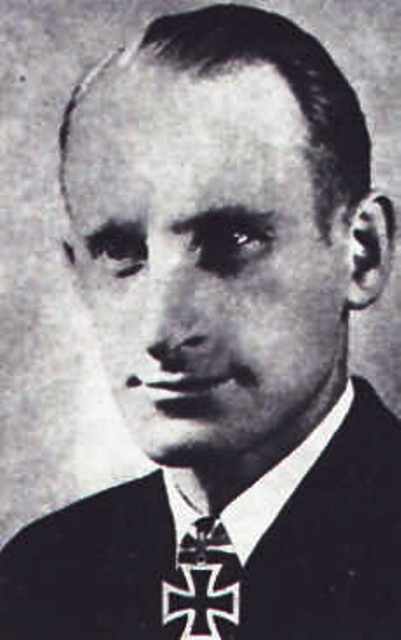
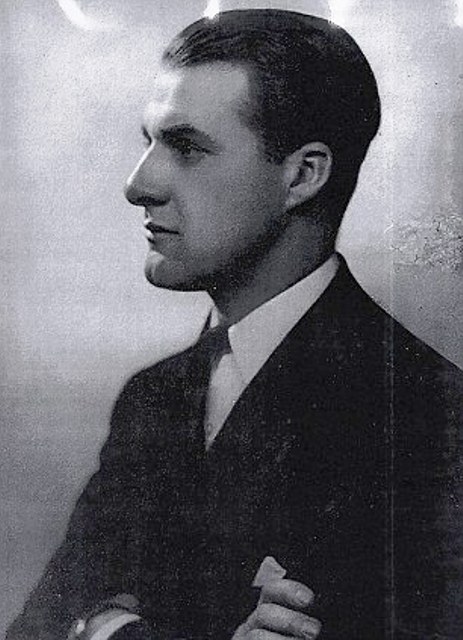
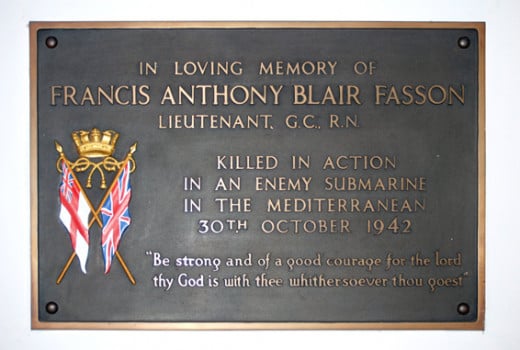
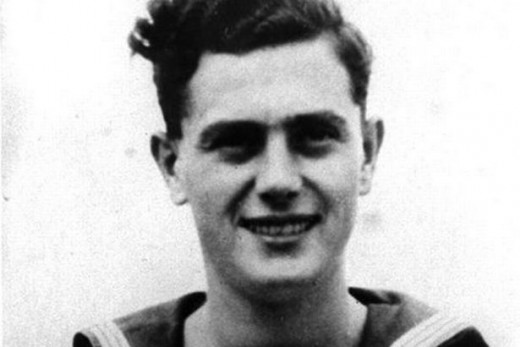
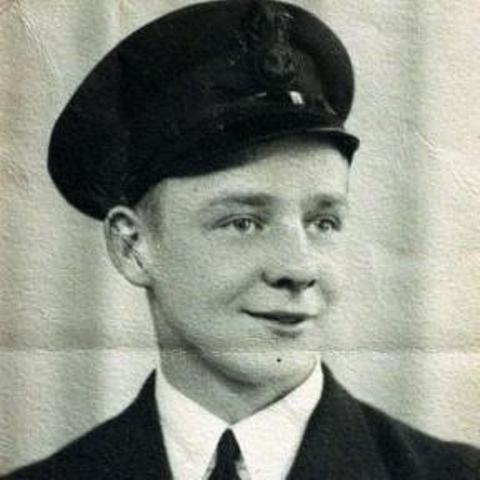
Detail: down to the nitty-gritty
[Only months earlier a raid on Dieppe in north-western France had turned disastrous, a 'smoke-screen' to get hold of the latest Ultra coding machines and books that cost the lives of hundreds and capture for many others. Some good had come out of it, but overall the Combined Operations venture was a failure. Something had to be done to curtail ship losses in the Atlantic convoys. Bletchley Park's coders were at a loss with Admiral Doenitz's new, upgraded coding apparatus].
On the penultimate day of October, 1942 over ten hours into the hunt for the U-Boat with depth charges the said crippled submarine surfaced the choppy Mediterranean waters. Its conning tower and deck were raked by fire from British destroyer Onslow class D56 HMS 'Petard' and the crew of U-559 hastily left over the sides.
First Lieutenant Anthony Fasson knew he needed to board the submarine before she went down when he saw the German skipper try to swim back. Gunfire had followed him and he disappeared under the waves. Fasson and Able Seam Colin Grazier leapt into the water and swam to the stricken U-Boat. Fasson knew the Germans would have opened the stop cocks to flood their vessel. They may also have set charges to ensure no-one would retrieve important documents and equipment. The first lieutenant found a set of keys and began opening drawers in the captain's cabin until he spotted what he knew to be the important documents anyone could find on a U-Boat. He passed them to another member of the 'Petard' crew, sixteen year old Tommy Brown who had boarded from a ship's boat that had been launched after Fasson and Grazier's quick departure.
Code books were passed from Brown to the next man in a human chain and so on until all were safe on the boat.
Fasson of Jedburgh in Roxburghshire (Scotland) and Grazier of Tamworth in Staffordshire went back to the captain's cabin to retrieve more documents when Tommy yelled for them to get out. [Young Tommy had lied about his age to get into the Royal Navy, worried he'd miss the war, and as canteen staff should not have been there anyway. He had pushed past his superior to get to the destroyer's side and into the boat].
The U-Boat lurched, taking both Fasson and Grazier with it. Their bodies were never recovered. Brown survived that time, popping up from the maelstrom created by the sinking submarine 'like a champagne cork' Within two years, though, he was also a fatality, being killed in a house fire in North Shields (Tynemouth) where he hailed from.
First Lieutenant Fasson had been a popular member of the crew of HMS 'Petard', spoken of by senior naval staff as 'an outstanding leader of men'. Grazier had been married only days before to Olive before taking up his duties again. He may have sensed what was in store for him, an old sailor's supersition played on his mind when he kissed his bride farewell. Olive recalled how he yelled, 'Don't look back at me!' as he set foot on the train.
Neither had died fruitlessly. The code books retrieved from U-559 gave the mathematicians at GCHQ Bletchley Park the best lead over the Germans they could have hoped for.
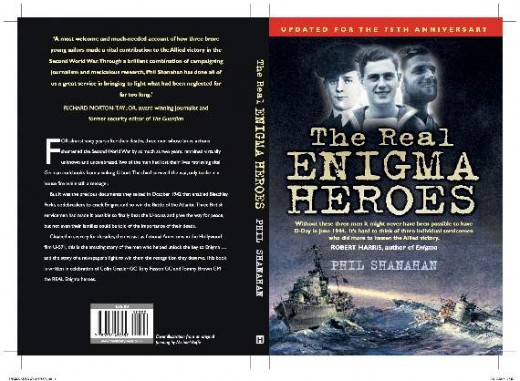
Written and published by Phil Shanahan, 'The Real Enigma Heroes' tells of the struggle to decode Enigma in the early years of WWII. The book goes on to tell of the capture of code books, the risk to life of retrieving coding books and keyboard apparatus, and of Admiral Doenitz's order for an extra drum to be added to the coding machines and the Allies' need to overcome further technical hurdles - see also the 'Operation Jubilee' page here on Hub Pages (check profile page).
Outcome: The Beginning of the End for the Wolf Pack system.
Only six weeks after the sinking of U-559 intelligence gleaned from codes broken with the aid of the Enigma 'Shark' code books led to the convoys being diverted around the North Atlantic from the hitherto established route.
Positions adopted by the Up-Boat 'Wolf Packs' were now well-known. within hours fifteen of them were located on December 18th, 1942. Something in the region of a half million tons of merchant shipping was reckoned to have been saved from torpedoing between December, 1942-January, 1943.
Now the 'Wolf-Packs' were to be the prey. The U-Boats were siddenly being destroyed as fast as they were being built and Karl Doenitz, the Germans' submarine fleet commander knew there was little he could do but withdraw what was left of his Atlantic fleet. Britain's food and war supplies were now more likely to get through and convoy routes were safer than before.
Fasson and Grazier were both awarded the George Cross as opposed to the Victoria Cross due to the fact that they had not lost their lives under enemy fire. Brown was awarded the George Medal for his part in the retrieval of the code books.
However, their families could not be told why their loved ones were seen as heroes. That would remain secret for decades to come - for as long as the 'D' Notices were effective, such 'hush-hush' matters were too sensitive to be revealed even to close kindred.
Other countries are thought to have used Enigma in later years but Britain would not knowingly pass on her secrets, nor even that the German Enigma codes had been broken. Information was judiciously guarded and only what was deemed by No.10 to for Allies' information was divulged. Stalin was never informed of the codes being broken.
Bletchley Park
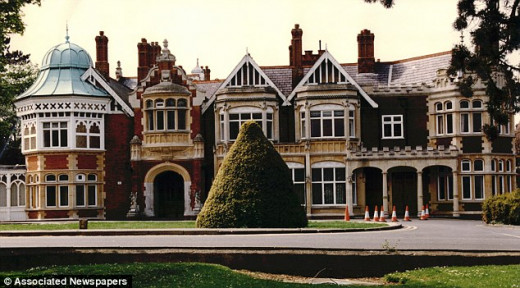
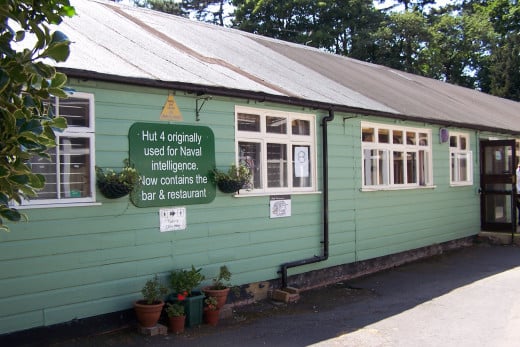
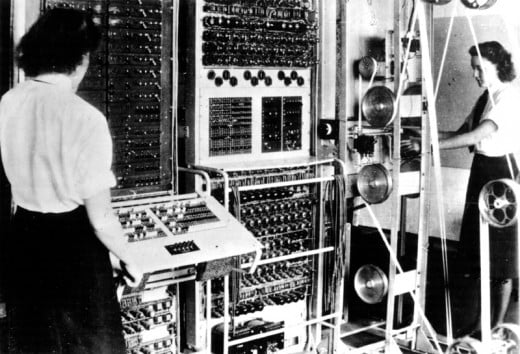
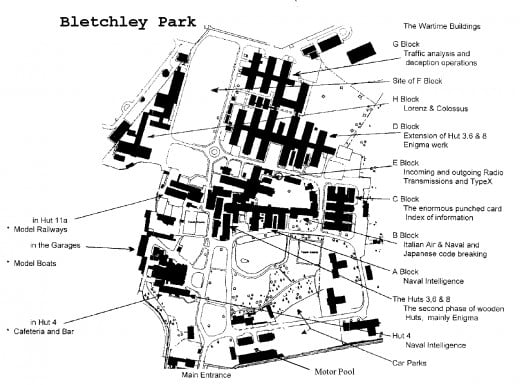
Top Secret: keep this to yourself, careless talk costs...
The men's selfless self-sacrifice has since been spoken of as the single pivotal moment of WWII. Robert Harris' 'Enigma', made into a film starring Kate Winslet, described the importance of the event,
'Without these three men there may have never been a D-day in 1944. It's' hard to think of three individual servicemen who did more to hasten the Allied victory'.
Anthony Fasson's family only learnt of the importance of his role from reading about it in a boy's adventure paper published in 1969. The boy's weekly publication 'Hornet' put the story on its cover, giving the names of those involved and letting it be known they had the knowledge from secret documents. This was strange, the documents then still being covered by the Official Secrets Act. How the 'Hornet' editor acquired access was a mystery.
Interestingly the Germans never realised the significance of Enigma being 'cracked' for several more years.
In 2000 the Hollywood feature 'U-571' starring Harvey Keitel was inspired by the story of HMS Petard and a similar attack on the Germans on May 9th, 1941 when an Enigma encrypter was captured by the crew of HMS 'Bulldog'. At that time U-110 had to surface near Iceland after 'Bulldog' inflicted severe damage with depth charging the submarine. A boarding party then climbed aboard quickly to retrieve the equipment.
The 2000 film showed US Navy personnel capturing the Enigma apparatus at some time in 1942, several months after the Japanese attack on Pearl Harbor that brought the Americans into war. It was Hitler declaring war on the USA, however, that President Roosevelt exploited to rid Europe of the Nazis, as they posed a greater threat to peace, before finishing off the Japanese forces in the Far East.
At the end of WWII when Hitler was trying to communicate his orders to his High Command, it has been suggested they would have been best advised to consult Bletchley Park to know his orders, as the decoders knew them almost as soon as they had been sent!
Alan Turing, OBE FRS, 1912-1954, central to decoding Enigma
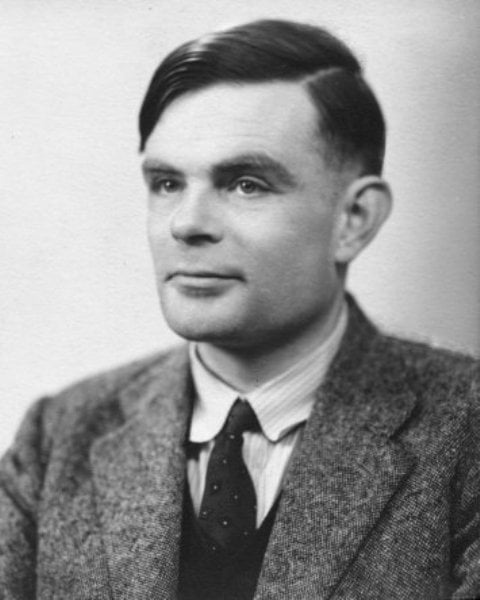
Born 23rd June, 1912 at Maida Vale in North-west London, Alan Turing, OBE, FRS: was a Fellow of the Royal Society, he was a mathematician, logician, cryptoanalyst, philosopher, pioneer computer scientist, mathematical biologist and long distance runner. What schoolboys would call a 'cracking all-rounder'.
Yet he was in modern parlance 'a sad case' like many men of genius. A loner, brilliant at tasks he was given and a ceaseless, hard worker. A round peg in a square hole by common understanding. Alan Turing's open secret was his undoing and led to arrest and committal for trial in February 1952. When the case came to trial at the end of March, 1952 he pleaded guilty... He submitted to 'treatment', but in just over two years such was his state of mind that he took poison (suspected cyanide ingested within an apple) on 7th June, 1954 at Wilmslow in Cheshire. His housekeeper found him the day after. .
Such was the sordid end of a brilliant man. Now he's something of a national hero. Homosexuality was decriminalised in the mid-60's in the UK.
A harder nut to crack...
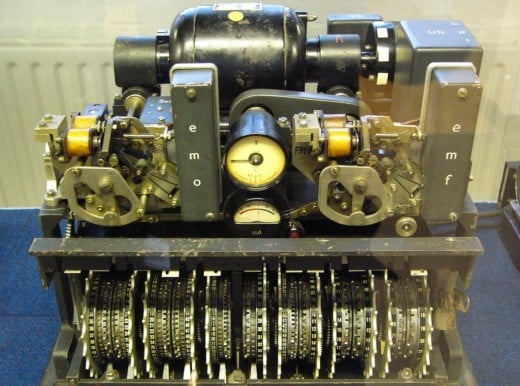
... was Lorenz
With its potential 16 million, million possible variations, the Lorenz system - used by the Wehrmacht (German Army) in addition to Enigma - was impossible to get hold of.
Unlike the Kiegsmarine version of Enigma, used by the U-Boats for communication with their land bases, Lorenz was centred on North Germany near the Baltic and used to communicate across occupied Europe as well as Italy and North Africa.
The Rotor Stream cipher equipment was developed by C Lorenz AG of Berlin with several variants. Model name 'SZ' referred to 'Schluessel Zusatz' or 'Cipher Attachment'. Lorenz employed wireless telegraphy and sent non-Morse encrypted messages twice over, and with twelve wheels was virtually impossible to crack for much of the war. Mathematicians were recruited by Bletchley Park to tackle this problem. Two men were instrumental in seeing through Lorenz. Tommy Flowers was a Post Office Telecommunications engineer who worked on the first working computer, Colossus. Because of wartime security Colossus was unknown beyond the cipher section, and being the modest fellow that he was, Flowers never pushed for recognition. The computer, when in the process of assembly and testing was kept secret even from most of Bletchley Park's personnel. Testing the first time was successful, another test, and another was carried out to make sure early success was no fluke. It worked!
One night, when Flowers went off duty after an arduously long shift his deputy Bill Tutt was left in charge of the equipment. During the night he sensed something was wrong. In walking around Colossus he was sloshing around in shallow water. This was highly dangerous, in view of the high voltage electrical apparatus linked to the computer. He had to find the source of the water and investigated. On finding a leak in the central heating system, he set about welding the radiator thermostat control. That still left the shallow water on the hut floor. Owing to strict security in force at the centre cleaning staff could not be brought in to mop up and personnel were obliged to slosh about in rubber wellington boots, ensuring it did not come into contact with the electrical equipment.
With the aid of Colossus the Lorenz permutations were cracked, as well as a very useful insight gained through one of the German operatives sending a message twice without changing the setting. Through breaking the Lorenz code information was received about German intention to throw a large tank force into the Eastern Front around Kursk. The knowledge was shared with Soviet High Command and a retreat was forced on the Germans following the loss of much of their armour.
Some aspects of Bletchley Park's work were kept secret long after the end of WWII. Personnel were never allowed to pass on the knowledge even to close family according to stringent Cold War security measures. 'D-Notice' (Government Security Enforcement) restrictions on information release extend from thirty years to permanent, so some aspects will never be cleared for release.
© 2013 Alan R Lancaster

